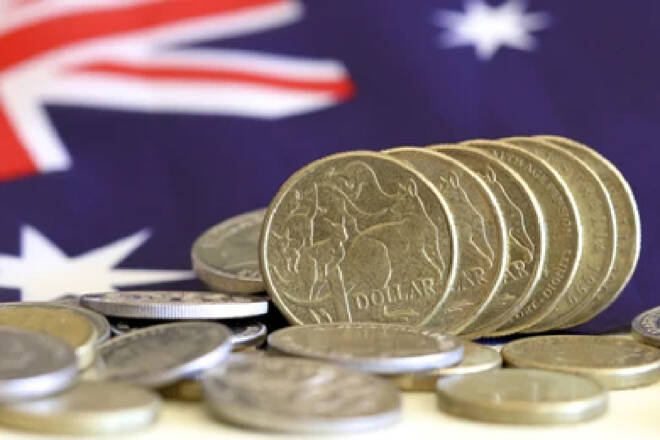Trade Of The Week: AUDUSD Gearing Up For Bearish Breakout?
By:
Concerns remain elevated over the Australian economy thanks to slowing growth and rising interest rates.
The past few weeks have certainly not been kind to the Australian Dollar.
It has weakened against every single G10 currency month-to-date despite the Reserve Bank of Australia’s (RBA) hawkish outlook. At the start of the month, the central bank raised its cash rate by 25bp to 3.35%, which was the highest level in over 10 years. However, the Aussie had shed roughly 5% against the dollar with prices wobbling above key support at 0.6700 as of writing.
Concerns remain elevated over the Australian economy thanks to slowing growth and rising interest rates. The country is still entangled in a fierce battle against soaring inflation with the annual rate climbing to 7.8% in Q4 2022 – its highest level since the first quarter in 1990. Given how stubbornly high inflation will most likely force RBA hawks to act further, recession risks are seen rising this year.
Taking a quick look at the technical picture, the AUDUSD remains under pressure on the monthly timeframe. The bearish engulfing candlestick formation signals further downside, with a strong bearish breakdown below 0.6700 opening the doors to lower levels.
The Low Down…
The AUDUSD has become a battleground for RBA & Fed hawks.
Although both central banks are hawkish, price action suggests that the Fed is winning the tug of war as mounting hike concerns and strong US economic data empower dollar bulls. Looking back at the RBA minutes, the central bank considered raising rates by 50bps before eventually proceeding with a 25bp hike in February. Despite the hawkish messaging and indication of more interest rate increases, Aussie bulls have failed to draw any major support.
On the other hand, the dollar has appreciated against every single G10 currency in February thanks to not only the robust jobs data but sticky inflation figures and repeatedly hawkish comments from Fed officials. Given how market expectations are currently elevated over US rates remaining higher for longer, this has boosted buying sentiment towards the USD in the short term. According to Bloomberg, the Fed is expected to raise interest rates by 25bp in March, April, and June before the hiking cycle comes to an end.
Big Week for Australian Dollar
We could see some increased volatility on the AUD this week due to key economic reports.
Much attention will be directed toward the latest retail sales figures on Tuesday which could offer fresh insight into the health of the Australian economy. Given how consumption accounts for a handsome share of overall economic activity, this report could spark some action on the AUDUSD. Back in December, retail sales fell by 3.9% amid high cost-of-living pressures. Sales are forecast to rebound by 1.5% in January 2023.
The major risk event and potential market shaker for the AUD could be the GDP figures for the final quarter of 2022. Economic growth expanded by 5.9% in the third quarter of 2022 with markets projecting GDP to weaken to an annual rate of 2.7%. This major economic release also coincides with the latest monthly CPI figures which are expected to remain hot.
In December, inflation rose to 8.4% with markets expecting prices to slightly cool to 8.1% in January. If not only the retail sales figures and GDP data disappoint, this may fuel recession fears – especially if inflation remains hot. A positive set of figures could boost buying sentiment towards the Aussie and soothe growth concerns, as the RBA continues to tackle rampant inflation.
Outside of Australia, the dollar may be influenced by the latest US consumer confidence, ISM Manufacturing, and weekly jobless claims data published this week.
AUDUSD Wobbles Above Key Support
It looks like the AUDUSD could be gearing up for a bearish breakdown if 0.6700 proves to be unreliable support. A strong daily close below this level may encourage a decline toward 0.6600 and 0.6420, respectively. Should prices experience a rebound from 0.6700, the next key level of interest can be found at 0.6870 – a level above not only the 50 but 200-day Simple Moving Average.
For more information visit FXTM.
About the Author
Lukman Otunugaauthor
Lukman Otunuga is a research analyst at FXTM. A keen follower of macroeconomic events, with a strong professional and academic background in finance, Lukman is well versed in the various factors affecting the currency and commodity markets.
Advertisement
